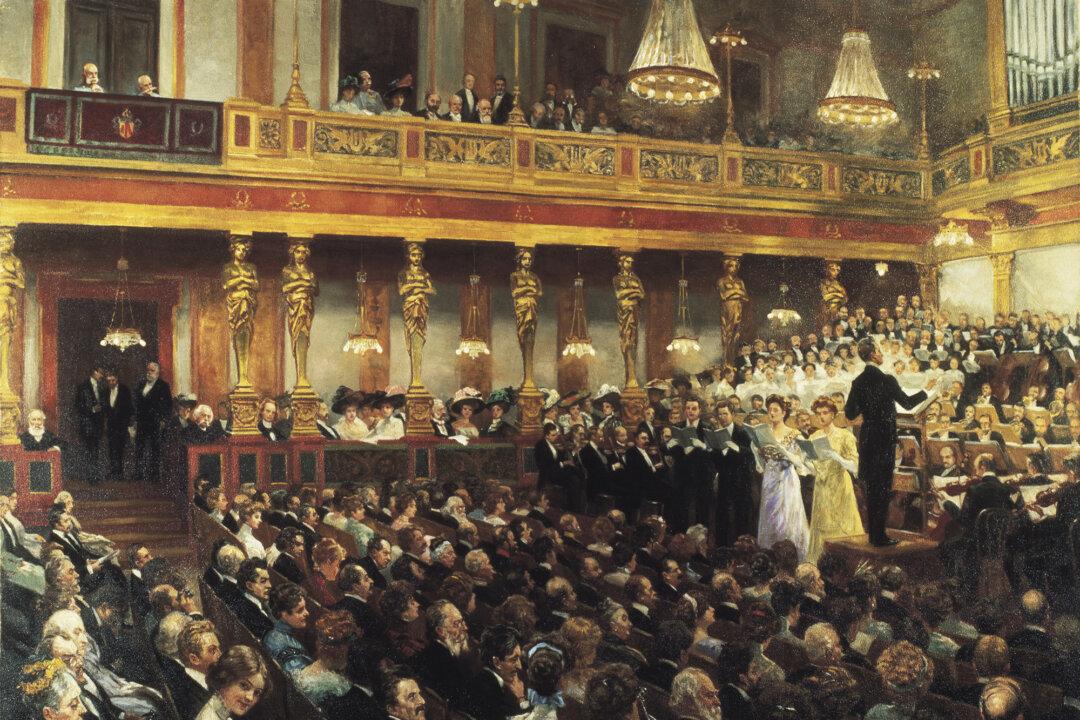The string of bonfires my neighbors hosted last fall were a departure from the norm in more ways than one.
Anticipating the bleak prospect of a Minnesota winter with limited social gatherings, my neighbors decided to rally those around them for a time of encouragement. Neighbors who have waved at each other for years came together for a few evenings to actually solidify each other’s names in the recesses of memory.






